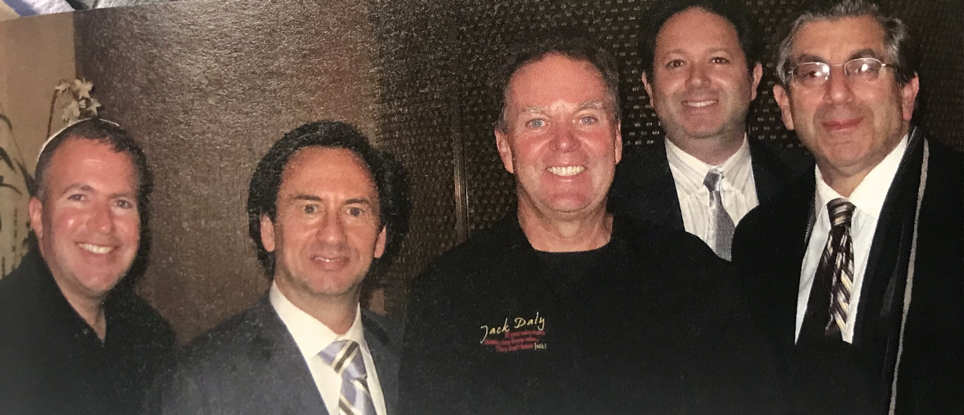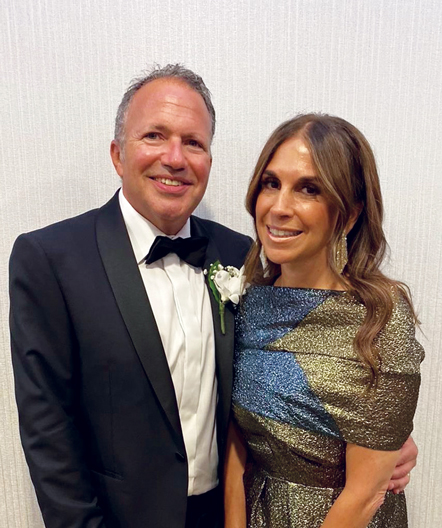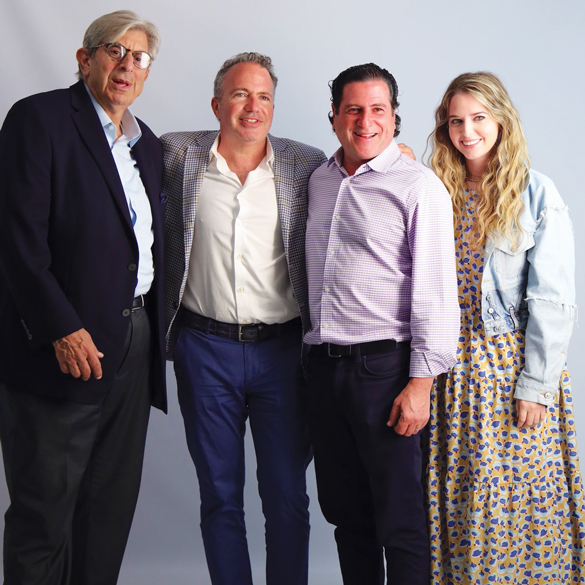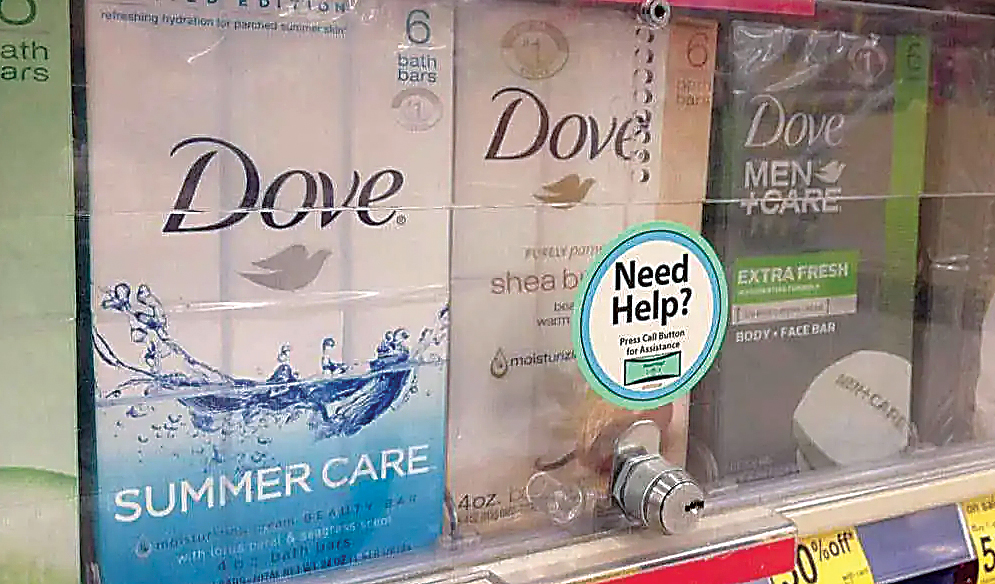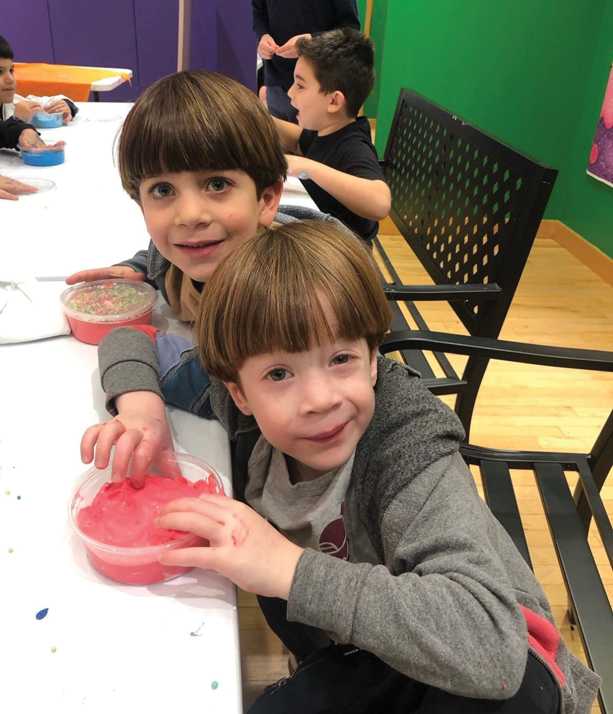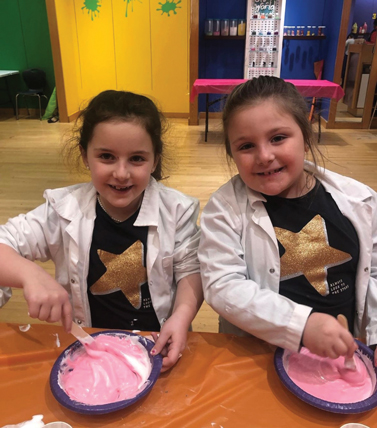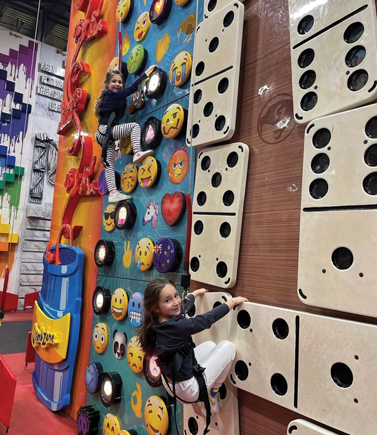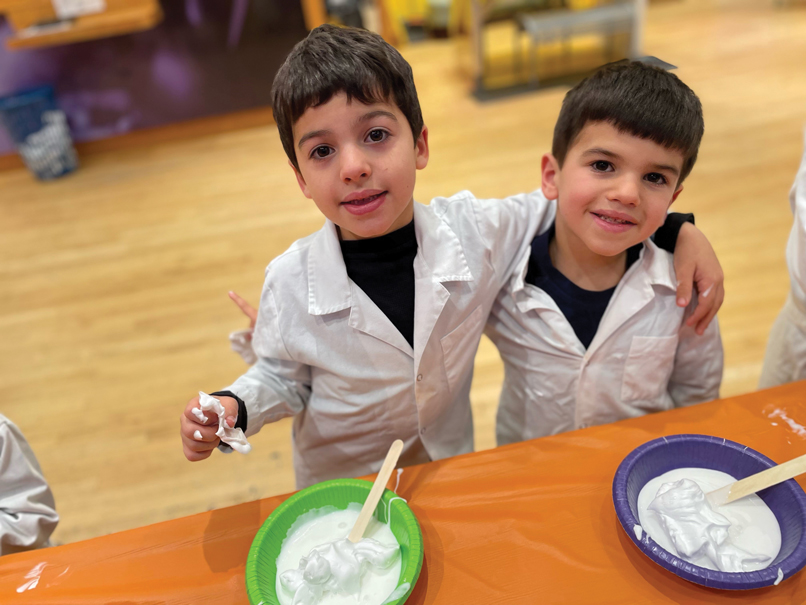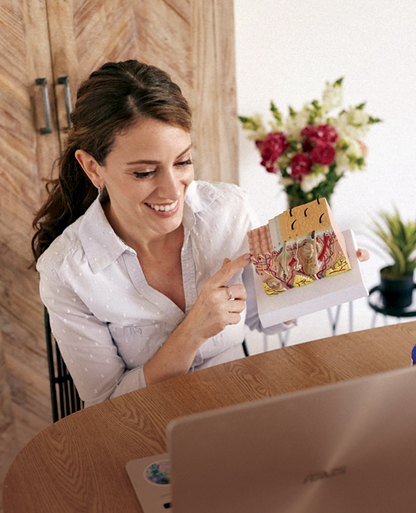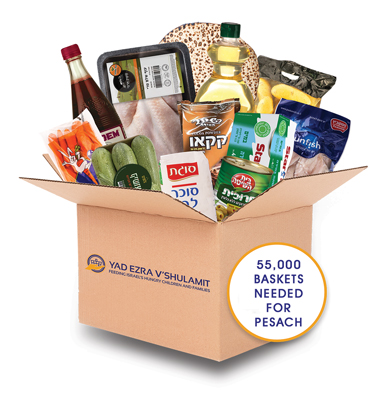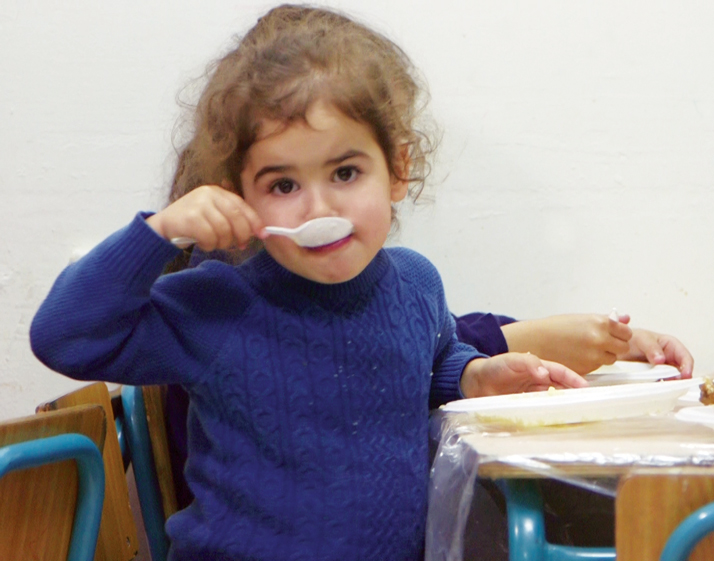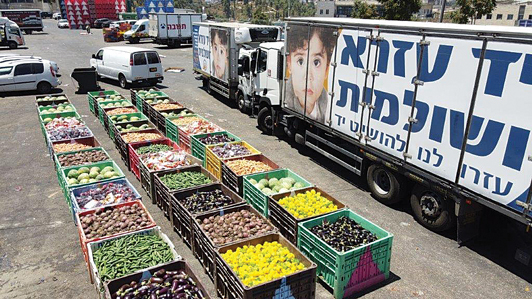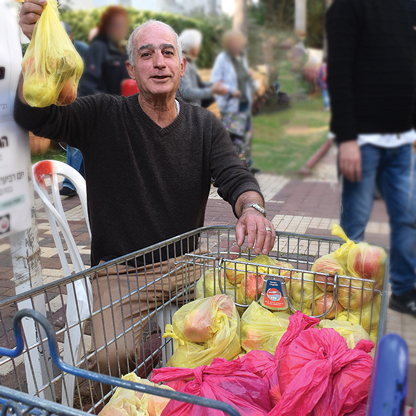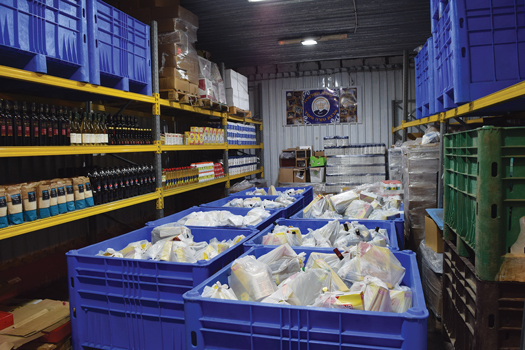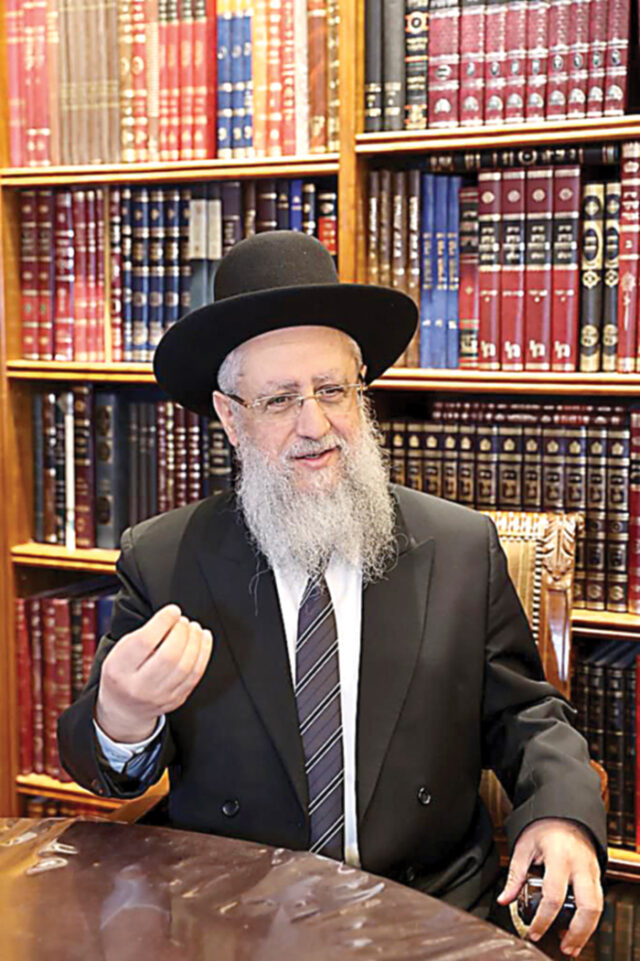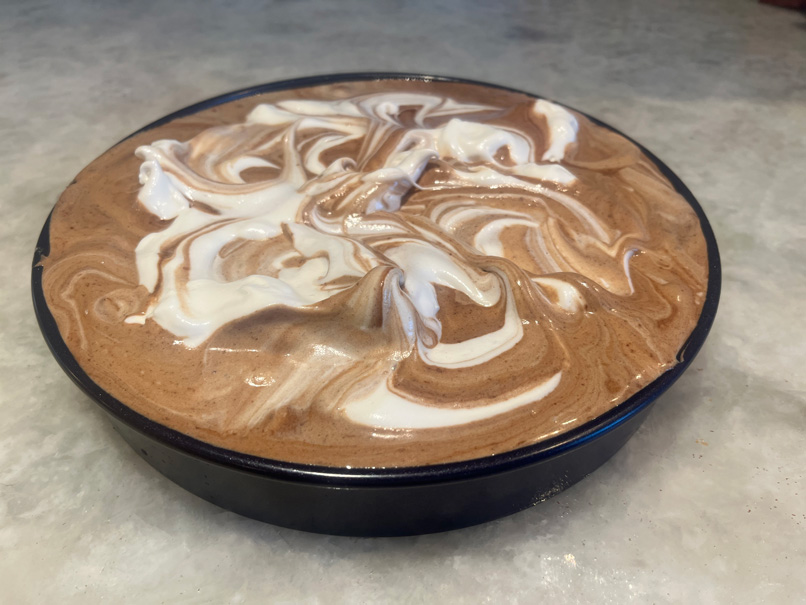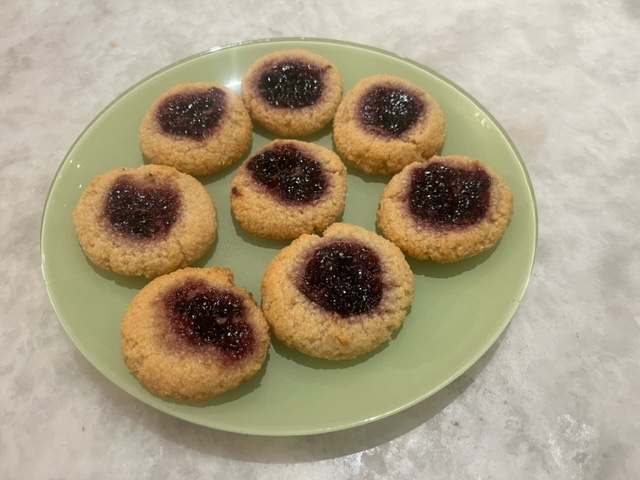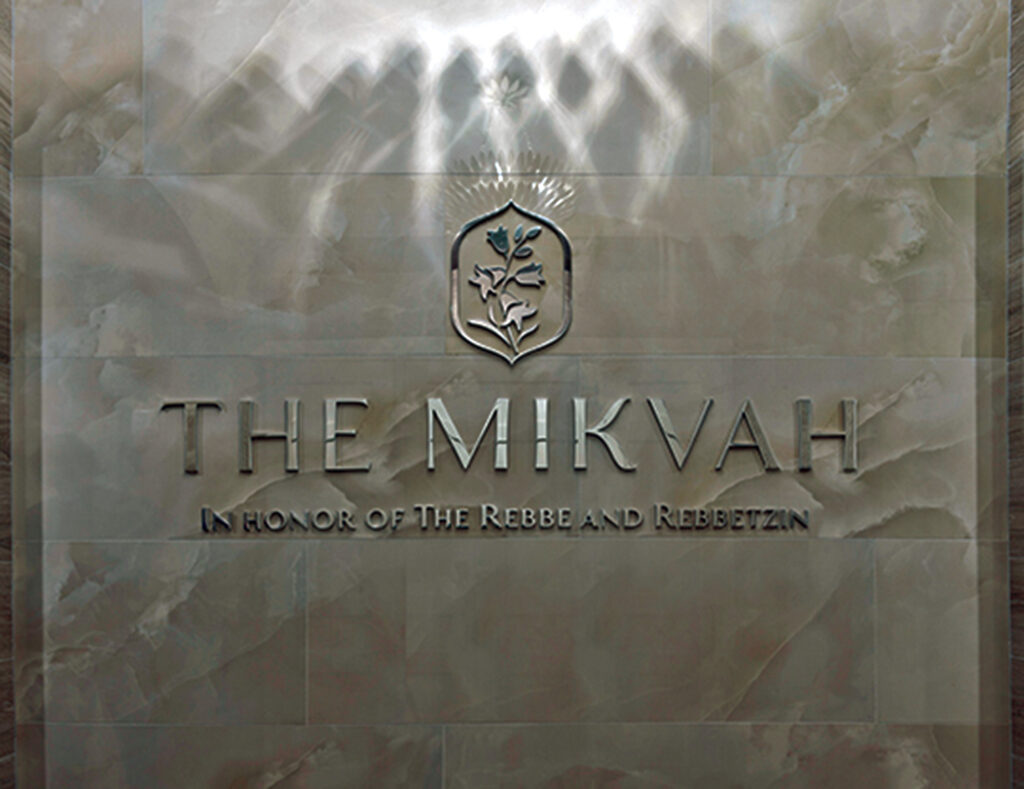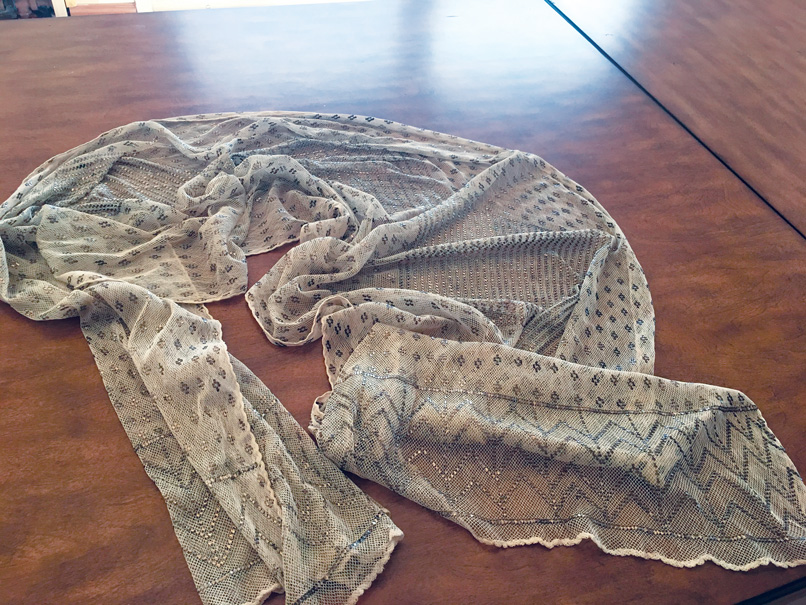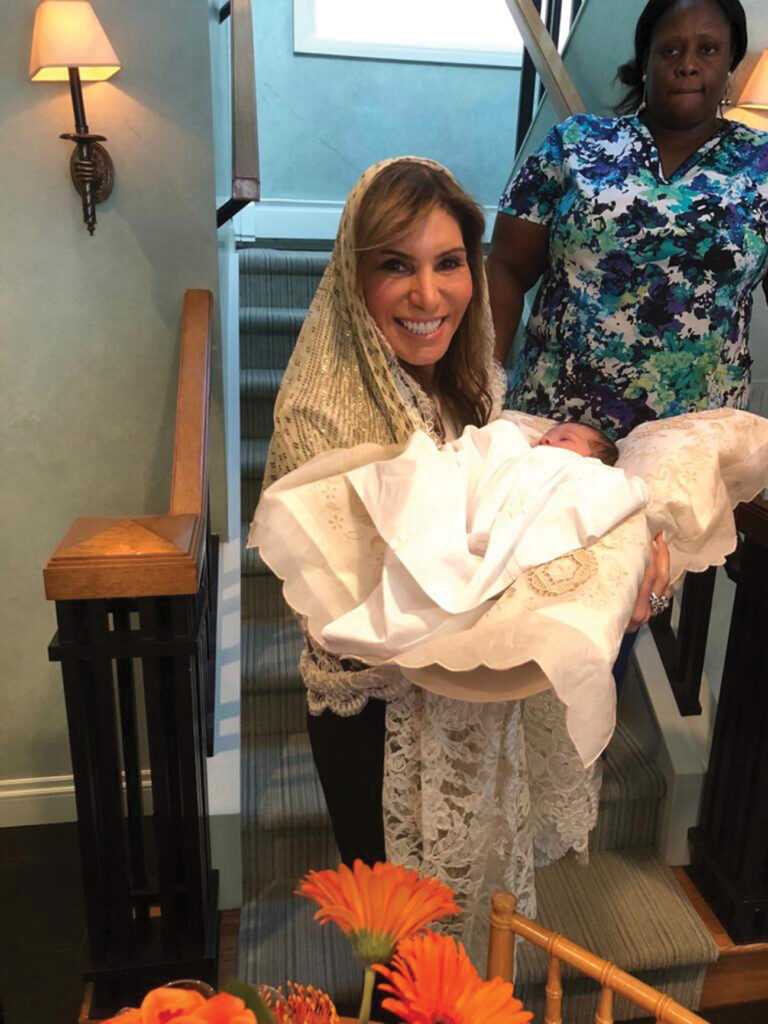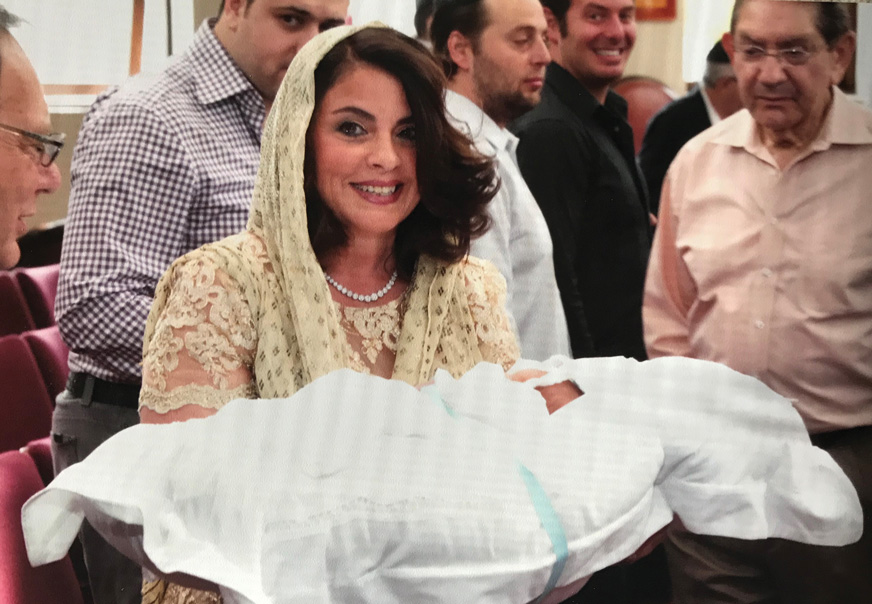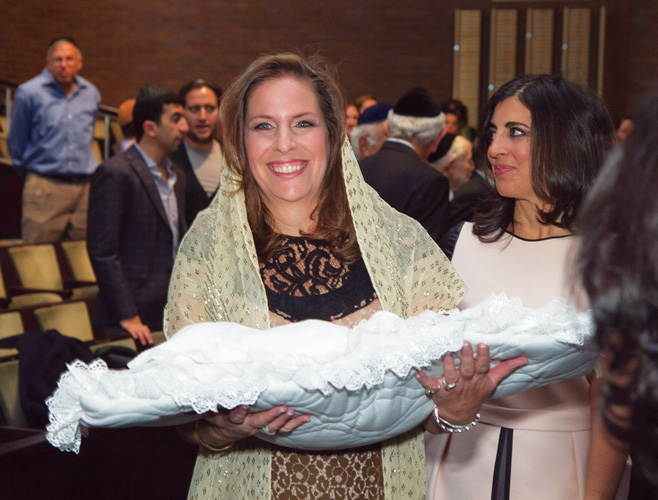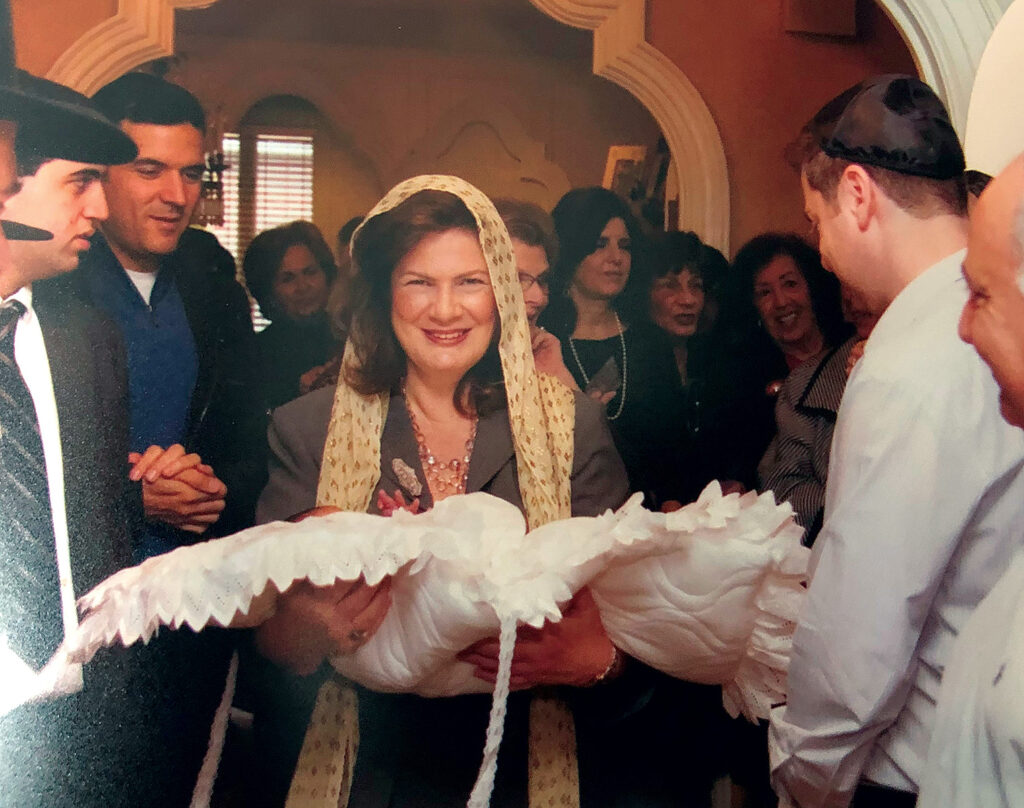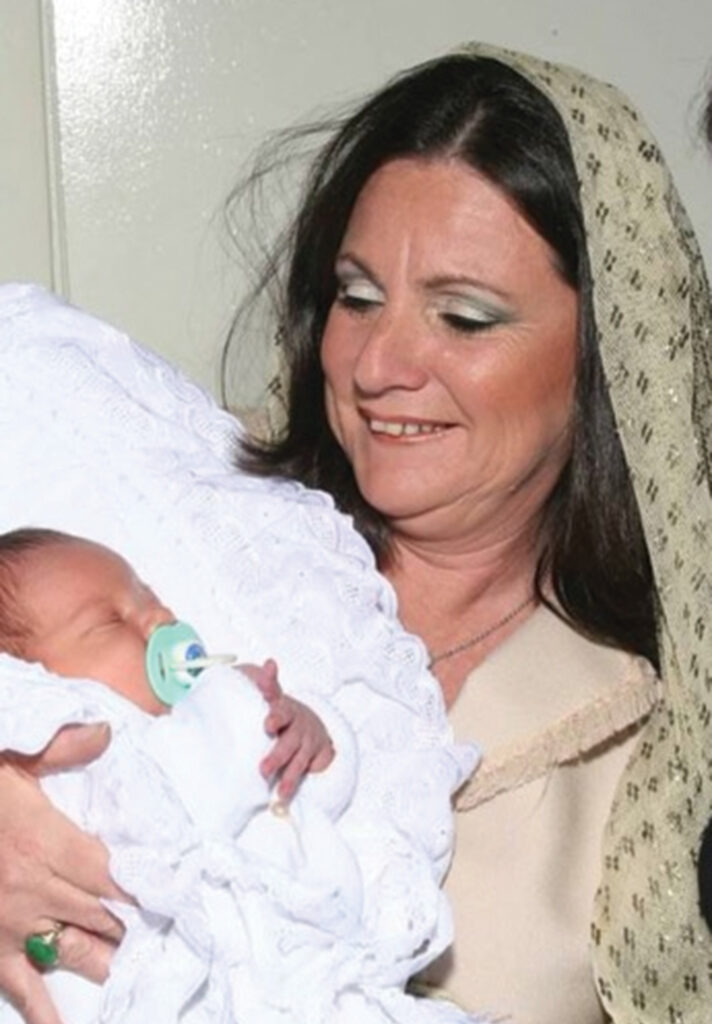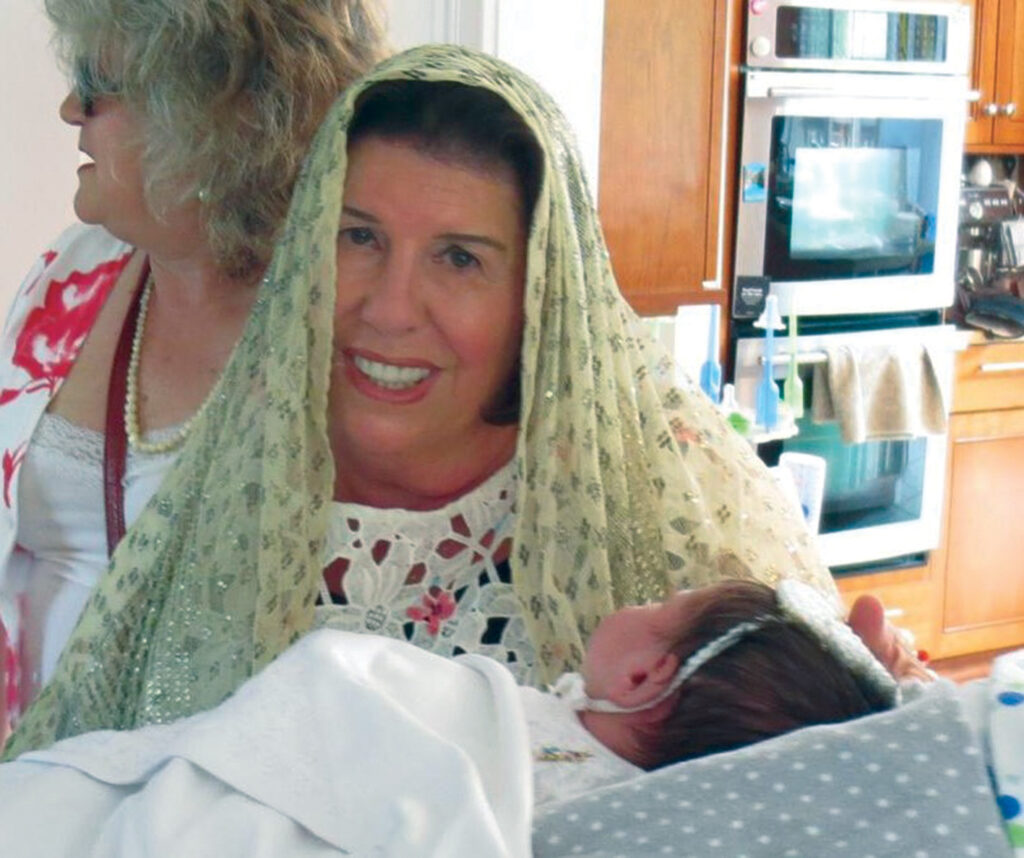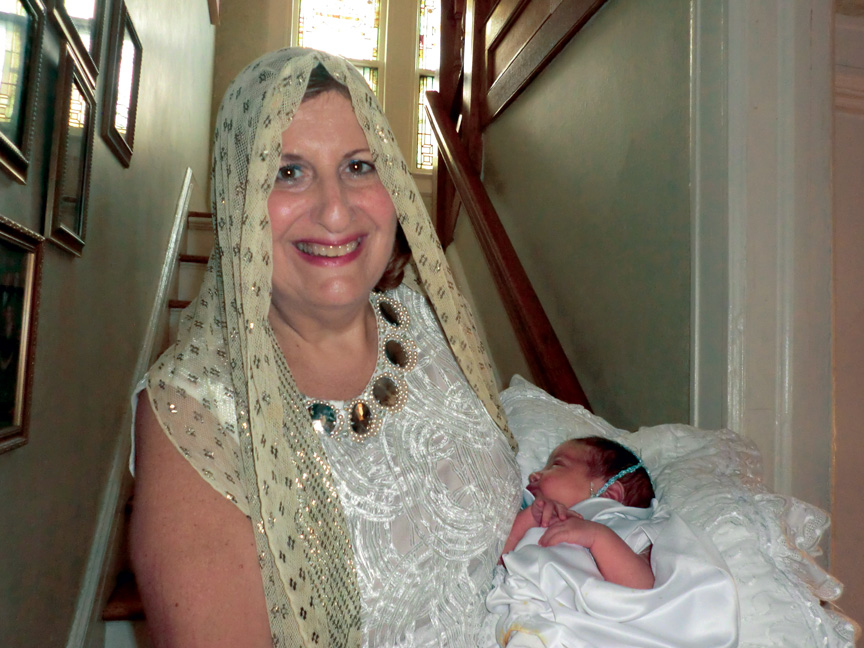MY FAMILY’S EXODUS FROM EGYPT
THE BEGINNING OF CHAOS IN MY LIFE
CLEMENT SOFFER
TO COINCIDE WITH PASSOVER, WHEN THE JEWISH PEOPLE LEFT EGYPT, WE ASKED COMMUNITY MEMBER CLEMENT SOFFER TO WRITE ABOUT HIS FAMILY’S EXODUS FROM EGYPT. WE DID NOT EXPECT THE GRAND OPUS THAT HE SENT US, BUT WE WERE HAPPY TO RECEIVE IT. FOR THE NEXT SEVERAL MONTHS, WE’LL BE SHARING HIS HARROWING STORY WITH YOU.
Sunday, October 28,1956
Every Sunday I would hang out with my friends, a group of 30 to 40 teenage boys and girls who belonged to our local country club, the Heliopolis Sporting Club. We would meet at the country club very early, then divide into car pools and be driven by our chauffeurs to the Pyramids of Giza. The trip took 45 minutes, since there was no traffic that early on Sunday mornings. From there, we would rent Arabian horses, and ride into the desert to Sakkara, which is another pyramid located in an opulent area known only by the local people.
Once there, we would visit a wonderful restaurant and order a full Egyptian breakfast, which would consist of fried falafel, foul medames which is made of fava beans, hard-boiled eggs, tahini, green scallions, pickles, and herring, and for dessert we’d have, lokomadis, a Greek pastry, or mille feuille, a French pastry, and Italian pastries. There was also always rice pudding, white Jello with nuts and raisins, and various fruits. We’d drink juices like mango, coconut, sugar cane juice, or Coca Cola. Such a feast we enjoyed.
We would sit on the terrace while we ate this marvelous breakfast and gazed out at the pyramids in the tranquil Arabian Desert, and we would chat about whatever it is that teenagers talk about.
The ride back to the club took longer, because the drivers were no longer in a hurry. We relaxed and dreamt about jumping into the pool at the club.
On Sunday afternoons, from 5 to 9 P.M., the club provided a live music band, and we would dance to American tunes and French songs. This particular evening, we enjoyed our dancing and our friendship to the fullest.
And so, on this Sunday, October 28, 1956, when the music ended, we all hugged and kissed, and said goodbye to each other; and promised to meet again the following Sunday, as was our usual routine.
But that was not to be.
Monday, October 29, 1956 chaos occurs
The day began like every other October day, bright and sunny with a slight breeze, the temperature was 70 degrees. That morning I got onto the metro after saying my prayers at the synagogue. In the metro, as usual, I met a few of my comrades going to the College of the Holy Family secondary school called the Khoronfish, located in Daher, a suburb of Cairo. The trip took about 45 minutes by metro from my home. We were in class by 8:30 A.M. as usual. Then, at 10 the alarm bell started ringing, and several brothers came running through the classrooms dismissing everyone, and sending us out of the school in a tremendous hurry, with instructions to get home as fast as possible.
You can imagine the faces of all my friends, “Wow a day off, maybe we can play hooky, or shampa as we called it!” We thought we were getting a surprise holiday! Freedom for the day! We thought we might go to the gardens of Ezbakieh, a landscaped paradise of flowers by the Nile, or take a felucca on the Nile river. What a great day to play hooky from school.
I walked out of school with my friends Rayess, Victor, Ezzat, and Micho, all from Heliopolis. We decided to look for a taxi to go have some fun in the city, but there weren’t any to be found. Instead, there was an eerie silence on what were normally the bustling streets of Cairo.
Then, the sirens started ringing all over the city. I remembered hearing these same sirens before. First, when I was very young in 1943, and again in 1948 when the Egyptians declared war on Israel. I could not believe my ears. All of a sudden we heard bombs falling in the direction of our hometown and anti-aircraft guns were shooting in the sky towards the airplanes flying overhead, that we could not see, but could hear. We rushed to get to the metro, but it was shut down, as were the buses.
There was no car traffic in the streets, no taxis were running. We were left to fend for ourselves with no choice but to walk home to Heliopolis, towards the sound of the bombs, but then decided to walk back to our school hoping to take shelter there, but the large metal entry doors were bolted shut. Little did I know that this day was to mark the end of my formal education—at the age of 15, and from this day on, my survival would depend on my own resolve!
Bombs continued to fall everywhere. We dodged them and the shrapnel coming from the bombs, and the fallout from anti-aircraft guns that the Egyptians were using, trying to shoot down the airplanes that were dropping the bombs. It was a scene of madness not to be believed. We saw a lot of people hurt and bleeding around us, as we ran from building to building, looking for cover, while trying to reach our homes and the safety of our families. Never had I been so frightened.
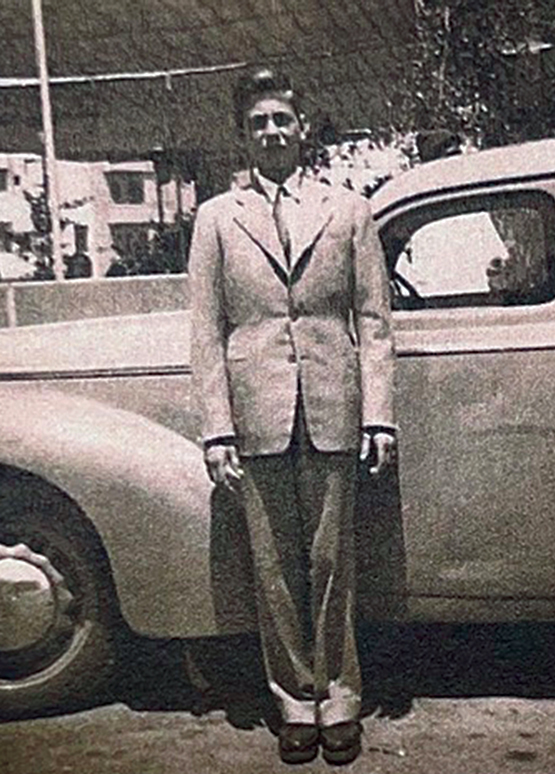
We could see that the men shooting the anti-aircraft guns had no idea what they were doing, or where they were aiming. We could see the shrapnel fall from these guns, and we realized that we were in a very dangerous situation. There were no bomb shelters in Egypt, or if there had been, we had no idea where to find one.
In 1956 there were no telephones available in the streets, and most stores had their shutters down. A lot of people were scurrying to take shelter. We had no place to hide, so our goal was to get home the fastest way possible. We were walking, hearing and seeing bombs falling in the distance. As we got closer to Heliopolis, we could see the damage from the bombs. As we got closer to the city, the bombs were falling too close for comfort, yet we had to get home.
It took four and a half hours for us to get back to Heliopolis. We knew that Heliopolis had a military airport and a base, and a commercial airport which was named Almaza. It was easy to figure out that this was why the planes were bombing the area around Heliopolis. And even though it was almost 10 miles from our homes, in 1956, the accuracy of bombs being dropped was not very good, with many landing in the center of our town.
My biggest fear was arriving home and finding it destroyed. We had no bomb shelter, and as much as I feared for my own life, my greatest fear was that I would arrive home and find it destroyed, and my family hurt or worse!

As we finally got closer to our homes, I could see my poor mother on the balcony very agitated, making signs for me to hurry home. I am sure all the other mothers of my friends were doing the same.
Finally, I got home to the comfort of my walls. My mother burst into tears, hugging me and holding me in her arms. She explained that my younger sister and brother, who both went to a school nearer to our home, were safe with her, and my father, who worked in Cairo, was able to find refuge with a family member. I was the only one she could not get in touch with. She had called the school many times, but was told we were discharged and on our own. She and my dad were hoping that someone would pick us up, or that the metro or buses were running. She had no idea that all cars were forbidden to travel on the streets, and all of Cairo and its suburbs were on lockdown.
The Egyptian radio station was singing marching songs for the soldiers, and encouraging them to defend the country. They were claiming that the Egyptian army was on the perimeter of Tel Aviv, and the Israeli army was defeated and retreating towards Israel, and not to worry.
But we had a big Telefunken German radio at home that brought us radio stations from around the world. And we were hearing that the British and the French air forces were attacking Egypt, and had eliminated most of Egypt’s air force. The radio announcer said that the Israeli army had come through the Sinai and was occupying the Suez Canal, and that the Egyptian army was in disarray and running back to Egypt to hide.

That day was the end of my life as a carefree teenager in Heliopolis, the beautiful city of my birth, and the beginning of my very chaotic life to come.
After his family’s expulsion from Egypt when he was 16, Clement Soffer came to the US and went to Mirrer Yeshiva. He founded Ahava ve Ahva Congregation and Chabad of Port Washington. He helped rescue Syrian Jews and saved hundreds of Jewish cemeteries. He received a congressional award in 1993 and was honored by Yeshiva University. He founded Beit Edmond Safra Synagogue of Aventura and Chabad of West Boynton Beach.


